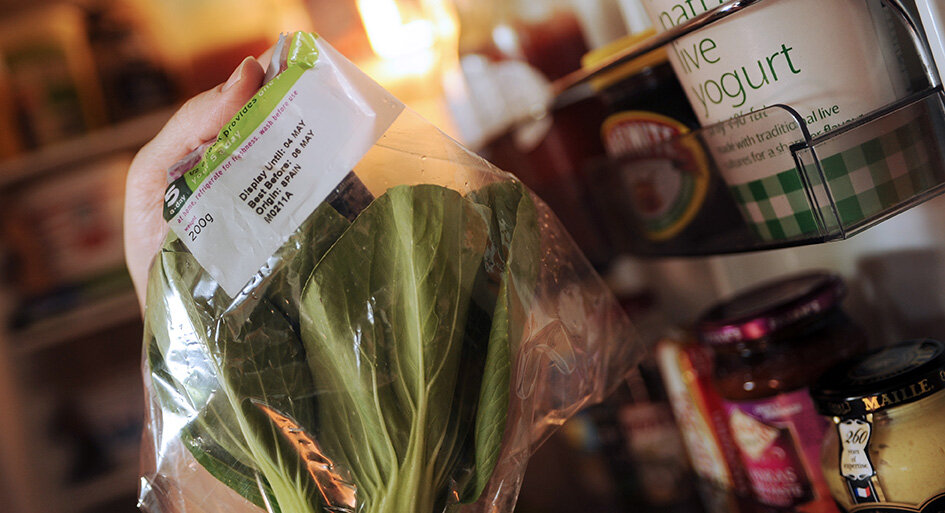Simple tips for reducing your kitchen waste!
understanding date labels
‘Use By Dates’
This is a key date for food safety - food should be eaten by this date. ‘Use by’ appears on fresh food that goes off such as fish, meat, salads and dairy products. Food should not be used past this date unless it has been frozen.
Sell by and Display Until Dates
These are used by shops for internal stock control and are of no interest to the householder. They are used by shops to know for how long they can keep produce on display and to remove the produce from their shelves by this date. The food is often still perfect to eat for a number of days after this date
Best Before Dates
A Guideline This appears on a wide range of longer lasting foods such as tinned, dried and frozen foods. Food is in its best condition up to this date - it should be safe to eat after this date although it may begin to lose its flavour and texture.
MEAL PLAN
Planning your meals for the week ahead is one of the most effective ways you can reduce food waste, stopping you from buying ingredients you don’t need or already have at home. It will take a small amount of time each week but will make life a whole lot easier when it comes to shopping and cooking, especially when you’ve got a busy week!
Try using our meal planner linked here. You could even get the kids involved!
Extra meal planning tips -
Don’t plan on cooking every night. As plans often change, leave at least one night free so you have flexibility. On this evening there will be leftovers to eat up or make something using your cupboard stash like these raid-the-cupboard fishcakes!
When meal planning, match the ingredients in your meals! This way you can make the most of each food item and won’t end up with lots of odd bits you end up throwing away!
LOVE a LIST!
Shopping lists are a lifesaver when it comes to both reducing food waste and saving cash - a win win!
A shopping list will:
Stop you from buying things you don’t need.
Stop you from forgetting the things you do need.
Extra shopping list tips:
Don’t leave it to the last minute. Keep a list in the kitchen or on your phone’s notes and add to it throughout the week when you run out of something or when you think of it! Then when you come to make your weekly meal plan you can add to this list.
If you frequently shop in the same place, organise your list according to the aisles in the shop! This will make it a lot easier and quicker when going round.
GET CLUED UP ON YOUR CUPBOARdS
Many of us don’t check what food we already have in our cupboards and fridges before going shopping. This often leads to unnecessary purchases and food going to waste.
When planning your meals for the week ahead and compiling a list of ingredients you need, make sure to check you cupboards, fridge and freezer - especially your fridge!
If you’re short on time you could always take a fridge #shelfie (take a photo of the contents of your fridge) before going shopping.
By doing this you’ll only buy what you really need, stopping you from overspending and wasting food whilst also reducing your environmental impact.
FreezE (ALMOST) EVERYTHING
Freezing food is like pressing the pause button on the TV - once frozen you can come back to it whenever you like rather than letting it spoil!
You’ll be surprised how may foods can be frozen - even rice. More info on what foods are freezer-friendly can be found here.
BUT… don’t just put your food out of sight in the freezer and forget all about it, make sure to use it!
Here’s some tips for how to keep on top of your freezer:
Label and date everything you put in there. This way you’ll know what everything is and when it was made.
Keep a list of what’s inside your freezer and include meals you’ve frozen every week in your meal plan.
Use freezer bags rather than containers - they allow for more room but make sure to reuse them.
STORE FOOD CORRECTLY
Many of us do not store food items correctly. As a result, food items go off quicker than they would if stored in the correct conditions and more goes to waste.
Learn to store foods correctly and they’ll last longer, meaning you won’t have to go shopping as often. This way you’ll waste less food and save more money!
The Love Food Hate Waste A-Z of Food Storage is a really handy tool for finding out how to store different food items. Simply search the food item you have and it’ll tell you how best to store it!
CHILL OUT YOUR FRIDGE!
Only 50% of us in the UK know that our fridge temperature should be set below 5 degrees Celsius, meaning that way too many UK households have their fridge set too high. In fact, the average UK fridge temperature is 7 degrees Celsius!
Turn your fridge down to below 5 degrees Celsius. This way, your refrigerated items should last longer!
Further tips on how to keep your fridge cool can be found here including -
Leaving cooked food to cool fully before putting it in the fridge.
Making sure your fridge door is shut! Even when you get your milk out to make tea or coffee!
The way you organise your fridge can also have an impact on how quickly food items go off. Here is a great video on how to organise your fridge to get the most out of your food!







